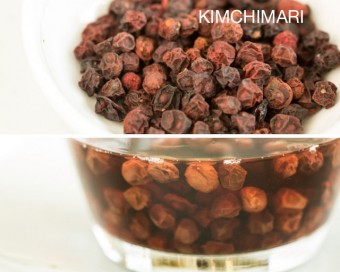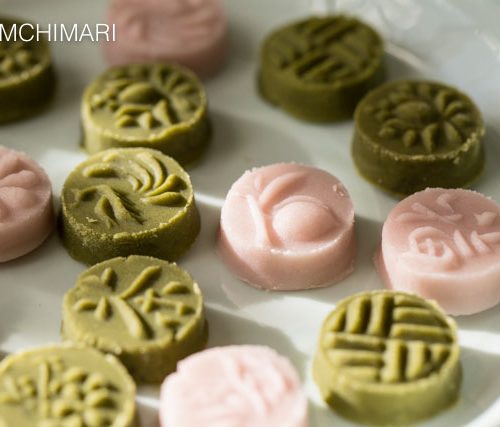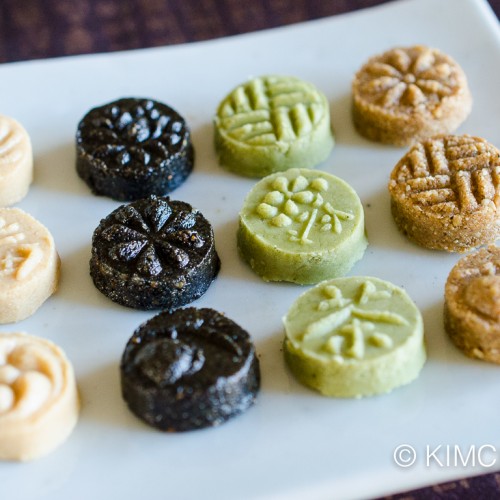What are Five Flavor Berries (Omija) ?

The 5 Flavor Berry or Omija 오미자 grows on the plant called Magnolia Vine that is native to the forests of Northern China, but are also found growing in Korean forests. It is a common ingredient in Korean traditional medicine, where each of the 5 flavors is said to be connected to 5 organs of the body.
"Omi" means "five flavors" - salty, sweet, sour, pungent (spicy), and bitter. Omija is also considered one of the 50 fundamental herbs of Eastern Medicine.
In Korea, because of its beautiful ruby color, it is often used as coloring to foods like rice cakes or pickled radish. Dried Schisandra is used to brew tea(omija-cha) or fresh Omija berries are made into Omija Cheong 오미자청 (syrup) and used to make ice cold drinks with it.
However, outside of Korea, it's very difficult to find fresh and are only available in dried form.
Not To Be Confused With
Goji berries
Where and What To Buy
Korean or Asian grocery store, online and Amazon
How to Use/Cook
Dried Omija (five flavor berries) are used to make hot or ice tea. Fresh Omija berries are used to make Omija Cheong which is syrup made from sugar and berries - very similar to how Maesil Syrup is made where the berries and sugar are left to ferment for 100 days.
Because of the vivid ruby color (similar to hibiscus), it is also often used as coloring. Especially for making Omija Dasik and rice cakes.
How to Clean/Store
Store in a cool, dry place in a tightly sealed container
Nutrition/Health Info
Although there is not a lot of scientific research to support the claims, in Eastern Medicine, Omija berries have long been known to be good for the liver, lower high blood pressure, help with respiratory disorders.
Recipes that use it:
Korean Tea Cookies (Dasik) for Lunar New Year
References:
- Benifits of Schisandra - https://www.verywellhealth.com/the-benefits-of-schisandra-89075#:~:text=The%20berry%20itself%20is%20often,heart%2C%20kidneys%2C%20and%20spleen.
- Wikipedia - https://en.wikipedia.org/wiki/Schisandra_chinensis







